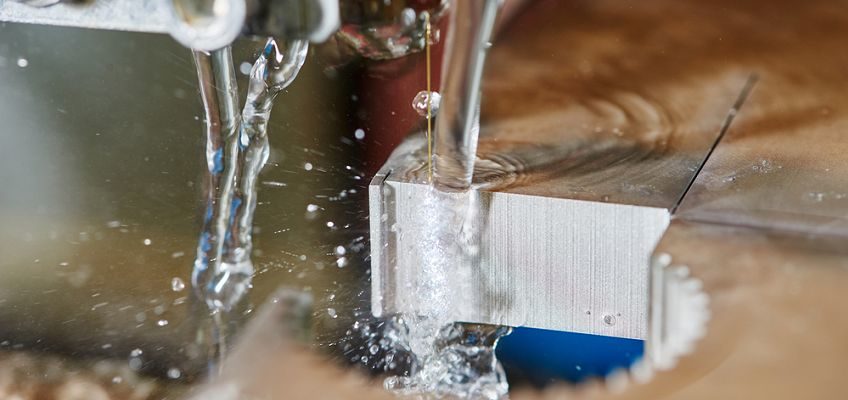Wire EDM is a form of machining which is done using a thin wire that can cut in any X,Y,U,V direction. EDM stands for “electric discharge machining.” This form of machining can cut any material that will conduct electricity, whether it is a hard or soft material. What makes this special is that it can cut without contact, and produces a burr-free finish. The wire that is used is incredibly fine, thereby allowing for very narrow slots or small radius cuts in corners.
The wire never touches the item being cut, and because of this, there are no cutting forces. This means that it is possible to cut incredibly thin stock, and to make delicate cuts without damage. Wire EDM has been in use in industry for around fifty years now in various forms.
How Wire EDM Was Invented
The precursor to wire EDM was invented in the 1700s, by an English scientist called Joseph Priestly. He discovered that he could use electric discharge to erode away metal. It wasn’t until much later, however, during World War II, that the process became truly useful. The Lazarenko family – a married Russian couple – developed a way of controlling the electricity to remove targeted metal. In those early days, the technology was used to remove broken drills or taps. An electrode would be fed into the center of the broken tool to cut it away.
The same principle is used today, in a tool called the diesinker. This is also known as Vertical EDM, and it is used to make a cavity in a piece that is being worked. EDM drills use tubular electrodes to burn a hole through the material. An EDM drill is what CAM Tech uses to bust out broken taps.
Today’s Wire EDM Machines
The kind of Wire EDM that is most common today became commercially available in the 1960s. It uses a taut wire for the electrode, and the piece that is being worked on, along with the cutting element, will be submerged in deionized water. The water serves as an insulator until the moment that the electrical discharge happens, and the wire approaches the piece that is to be cut.
Eventually, the distance between the wire and the piece becomes short enough that the current can hop from the wire to the piece, in spite of the dieletric environment. The discharge heats the area to thousands of degrees, and the dielectric will become an ionized gas, and balloon out, producing an area of high pressure. The bubble of plasma will collapse, and this makes the melted material scatter into the fluid, leaving a tiny crater in the work-piece. A small part of the wire will also erode. This process happens over and over, at a rate that can be as rapid as 250,000 times a second. Each time, the cut will get a little deeper, while the flow of water keeps the cut clean.
Important Points
Wire is eroded rapidly throughout the EDM process, so the machine must continue to feed fresh wire from a spool to keep it going. The used, damaged wire can be chopped up and disposed of into a feed bin, so that it can be recycled.
If a project requires an internal cut, then it is first necessary to make a pilot hole for the wire to go through. There are EDM drilling machines that can do this, or a traditional drill may work as well.
To function properly, wire EDM machines always need a steady supply of fresh wire along with clean deionized water.

